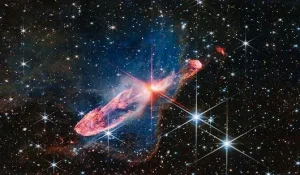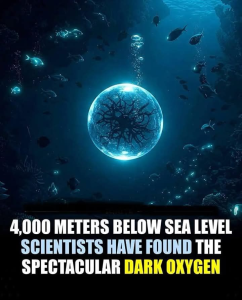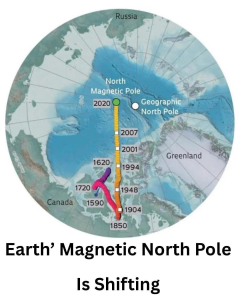
A wormhole is a hypothetical structure connecting disparate points in spacetime, and is based on a special solution of the Einstein field equations. A wormhole can be visualized as a tunnel with two ends at separate points in spacetime (i.e., different locations, different points in time, or both). Wormholes are consistent with the general theory of relativity, but whether wormholes actually exist remains to be seen.
Wormholes were first proposed by Albert Einstein and Nathan Rosen in 1935. They are a consequence of the theory of general relativity, which states that gravity is not a force, but rather a curvature of spacetime. This curvature can be so strong that it creates tunnels between different points in spacetime.
Wormholes are thought to be unstable, meaning that they would collapse under their own gravity. However, it is possible that some wormholes could be stabilized by exotic matter, which is matter with negative mass or energy. Exotic matter is not known to exist, but it is not ruled out by physics.
If wormholes do exist, they could be used for interstellar travel. A spacecraft could travel through a wormhole to reach a distant star system in a fraction of the time it would take to travel there using conventional methods. Wormholes could also be used for time travel, but this is more speculative.
The existence of wormholes is a matter of ongoing research. There is no scientific evidence to prove that they exist, but there is also no evidence to rule them out. Wormholes are a fascinating possibility, and they could revolutionize our understanding of the universe.
Here are some of the potential benefits of wormholes:
- Faster-than-light travel: Wormholes could be used to travel faster than the speed of light. This would allow us to reach distant stars and galaxies in a fraction of the time it would take using conventional methods.
- Time travel: Wormholes could be used to travel through time. This would allow us to visit the past or the future.
- Intergalactic travel: Wormholes could be used to travel between different galaxies. This would allow us to explore other galaxies and civilizations.
However, there are also some potential risks associated with wormholes:
- Instability: Wormholes are thought to be unstable, meaning that they could collapse under their own gravity. If a wormhole collapsed, it could destroy the spacecraft that was traveling through it.
- Unstable environments: The other end of a wormhole could be located in an unstable environment, such as a black hole or a neutron star. If a spacecraft traveled through a wormhole to an unstable environment, it could be destroyed.
- Unknown dangers: We don’t know what dangers might exist on the other side of a wormhole. It’s possible that there could be harmful radiation or other dangers that we don’t know about.
Overall, wormholes are a fascinating possibility with both potential benefits and risks. More research is needed to determine whether wormholes actually exist and whether they would be safe to use for travel.





